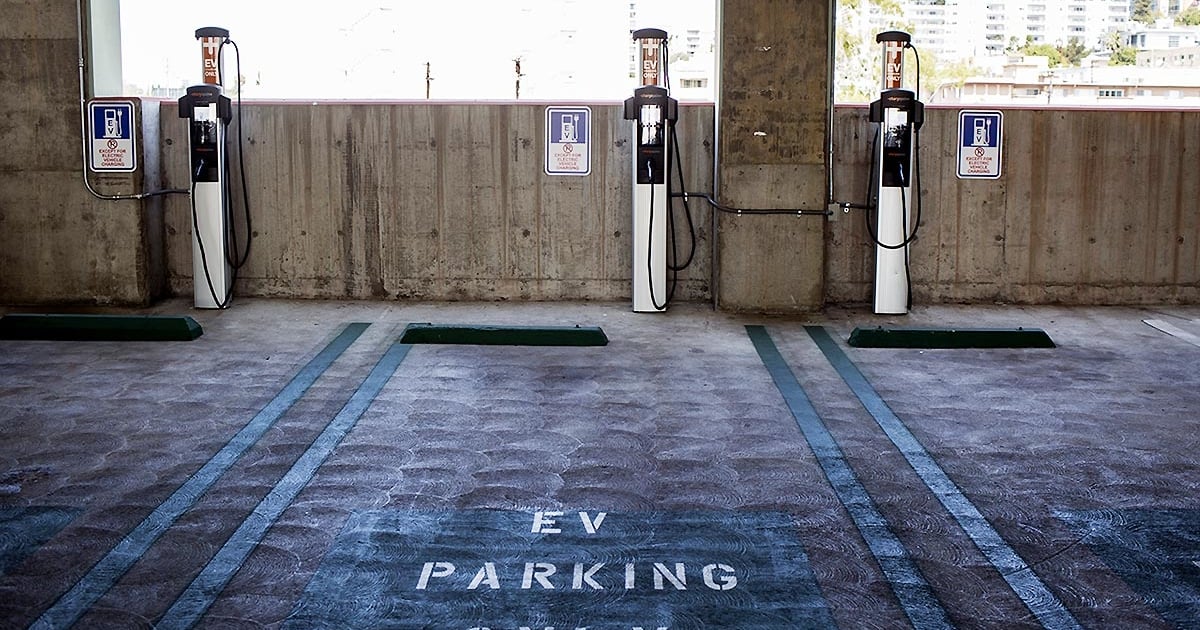Some of the largest charging companies, such as Electrify America, are privately held and do not publish information about their financial performance.
But others are running through cash reserves.
ChargePoint’s net cash used in operating activities ballooned to about $104 million in its fiscal first quarter from about $71 million during the same period a year earlier.
Meanwhile, its cash at the end of the quarter shrunk to roughly $314 million from about $541 million the year prior, leaving about nine months of cash on hand.
Operating losses are the “primary driver” of increased cash burn, ChargePoint CFO Rex Jackson said in June during the first fiscal quarter conference call with analysts.
Spokesperson AJ Gosselin said that the company was committed to reducing losses before interest, taxes, depreciation and amortization — a common financial adjustment — by two-thirds by the fiscal fourth quarter, which ends Jan 31, and generating earnings by that same measure a year later.
“The cash burn will slow materially,” he said in an email.
ChargePoint moved to shore up its finances via a credit agreement in July with J.P. Morgan, HSBC, Goldman Sachs and Citi. It also raised $67 million through at-the-market offerings, when companies sell shares into the market at the current market price instead of a fixed price.
Blink Charging also is going through cash fast. It spent $65 million on operating activities during the first half of the year, more than double the roughly $31 million during the same six-month period last year. (The company reported cash flow data for a six-month rather than quarterly period.)
Its cash at the end of the period shrunk to about $75 million from $89 million during the same time last year, leaving it with roughly seven months of cash on hand.
The company also relies more heavily on equipment sales than on owning and operating chargers, though there are costs associated with replacing legacy chargers that have become a “burden” because of outdated technology and reliability issues, Blink CEO Brendan Jones told Automotive News.
Jones also acknowledged that the industry “made mistakes” early on, installing chargers without paying close attention to their locations and making the wrong investments, the result of a “technology curve” that appears to be flattening. Jones previously worked at charging networks Electrify America and EVgo.
“It’s a point of reflection to, ‘Now let’s work on the quality,’ ” he said. Analysts “want to see station economics improved, cost improved and profitability, and we have a path to get there.”
He said Blink is expecting more revenue as EV adoption grows, and the company expects to generate earnings before interest, taxes, depreciation and amortization by December 2024. Blink’s most recent filing also reflects costs associated with acquisitions and a payout to the former CEO.
One large publicly held charging network, EVgo, has found a safe harbor for now by raising more than $123 million in net proceeds from an equity offering in the second quarter. That company has burned through nearly $23 million in the first half of the year, down from about $38 million for the same six-month period last year. EVgo’s cash at the end of the period declined to about $257 million from $345 million the year prior, leaving it with about six years of cash left.
